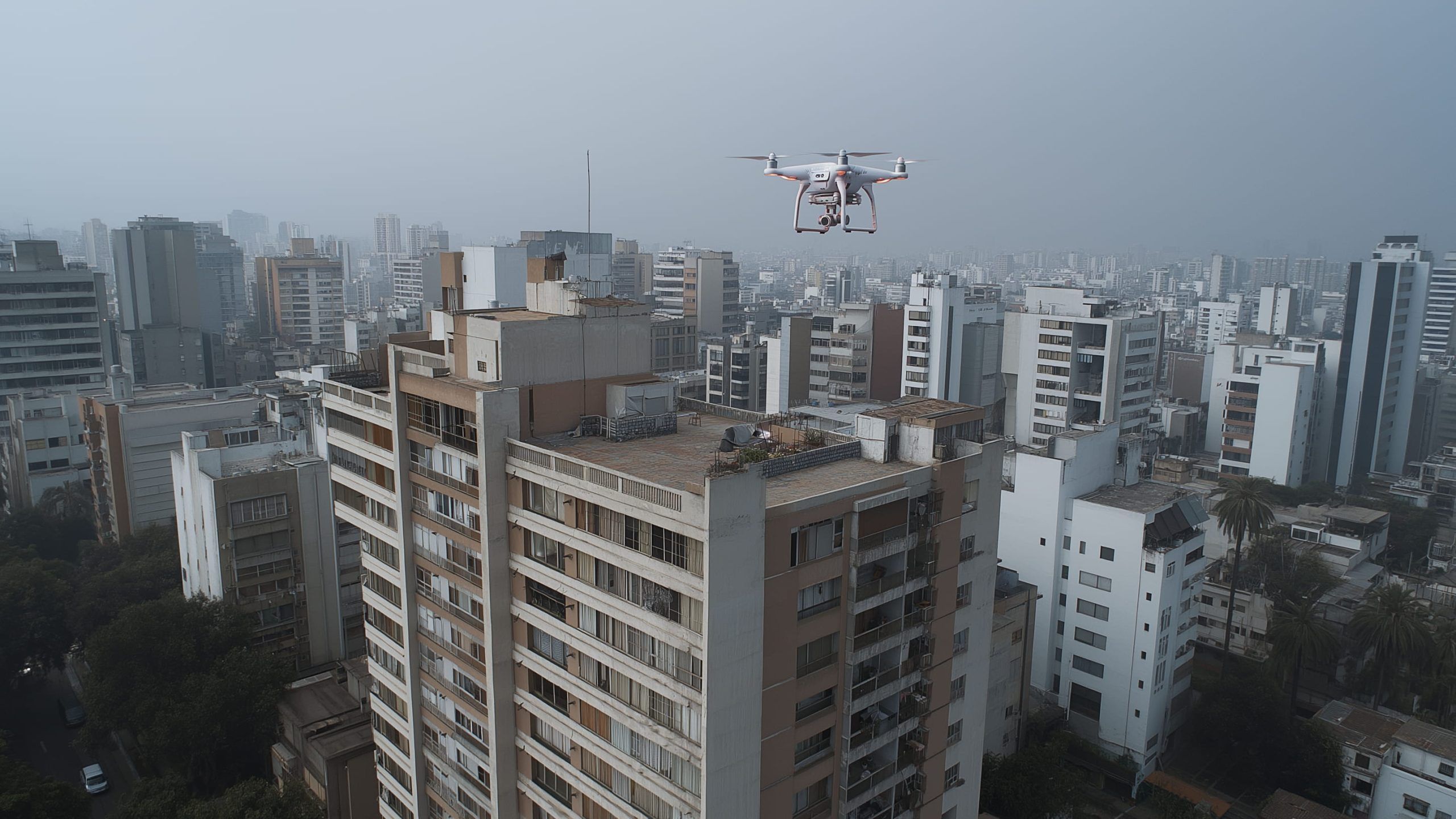
Pimax Dream Air: The Ultra‑Light 8K VR Headset Taking Aim at Apple and Meta
Key Facts What Is Pimax Dream Air? (Overview) The Pimax Dream Air is a forthcoming virtual reality headset that Pimax proudly calls “the world’s smallest full-feature 8K VR headset”. In essence, it’s a PC-powered VR goggle that emphasizes extreme clarity










